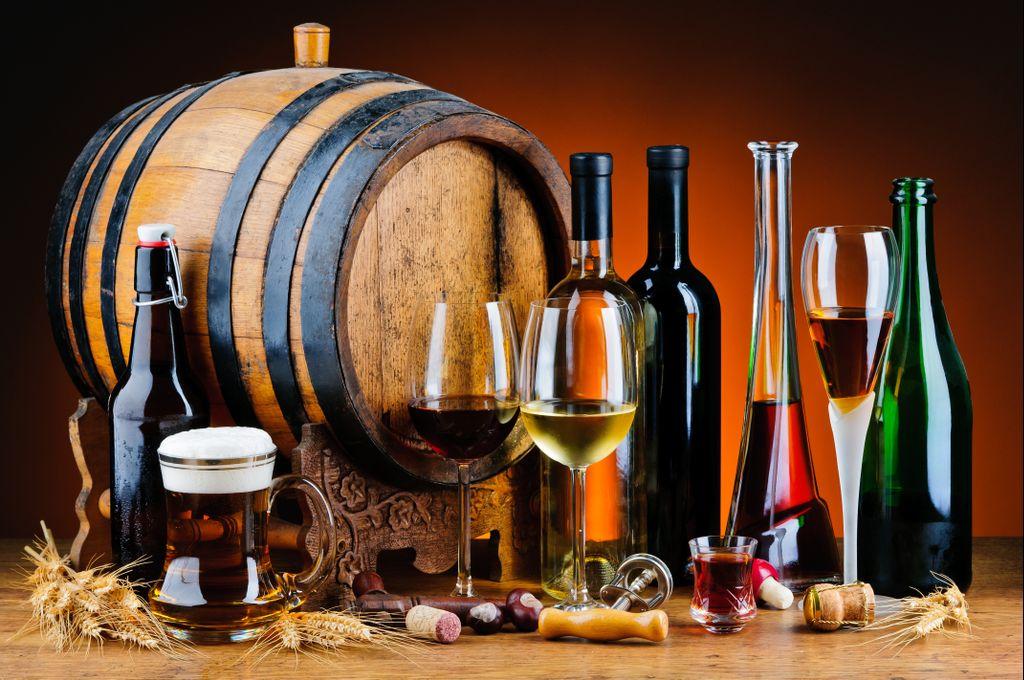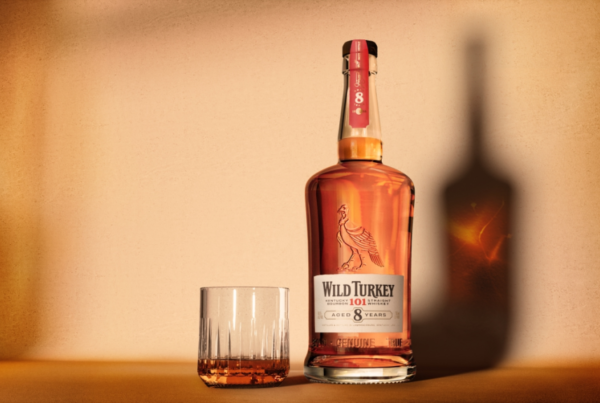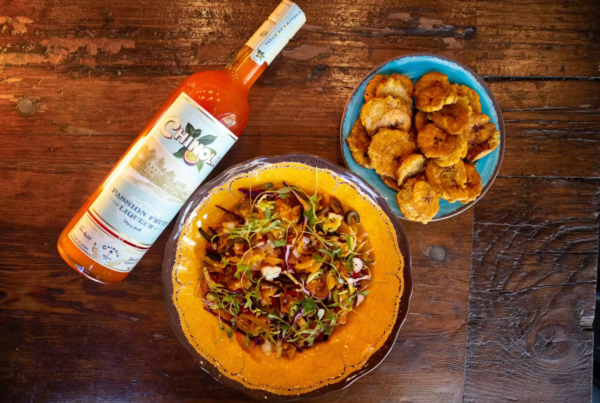London: The beverage alcohol industry is set for complex growth in 2025, influenced by moderation trends, the rise of developing markets, and shifting consumer preferences. IWSR forecasts significant changes, including shifting focus towards casual occasions and digital purchasing behaviours amidst economic pressures.
The global beverage alcohol industry is on track for a complex yet opportunity-laden 2025, following a year marked by inflation, geopolitical tensions, and fluctuating consumer confidence. According to insights from IWSR, a leading authority on beverage alcohol data, the industry’s potential for growth hinges on several key trends that reflect shifting consumer behaviours and market dynamics.
Emergence of New Moderation Strategies
Susie Goldspink, Senior Insights Manager at IWSR, highlights a significant cultural shift towards moderation among drinkers across various demographics. This shift encompasses lighter consumption patterns, temporary abstinence, and a preference for single category occasions, where consumers limit their beverage choices for specific events. The no and low-alcohol segments are poised for substantial growth, with volumes expected to expand at a compound annual growth rate (CAGR) of four per cent through 2028, and the no-alcohol category alone projected to contribute over US$4 billion in incremental growth during this period.
Market Growth Focusing on Developing Economies
Emily Neill, Chief Operating Officer of IWSR, notes that beverage alcohol markets in developing nations are expected to outpace those in mature economies in terms of growth. Key countries such as India, China, and the United States are identified as primary drivers, with burgeoning populations and increasing disposable incomes propelling demand. Conversely, growth in mature markets—including the US—is becoming more challenging, signalling a shift in the locus of growth opportunities.
Shift Towards Casual Consumption Trends
The beverage alcohol landscape is witnessing a change in consumption patterns, with a notable movement towards casual drinking occasions. Richard Halstead, IWSR’s Chief Operating Officer for Consumer Insights, points out that this shift is particularly favourable for categories like Rosé wine and bitters, as consumers seek more relaxed drinking experiences. Ready-to-Drink (RTD) beverages are anticipated to thrive further, especially in established markets such as Japan, the US, and Australia, where forecasted CAGR volume gains reflect their growing popularity.
Premiumisation Trends and Beer Performance
Although the trend towards premiumisation within the beverage alcohol sector appears to be slowing, beer and cider are performing positively in the current economic climate. The affordability of premium beers has contributed to a two per cent increase in volumes during the first half of 2024, contrasting with a three per cent decline in premium spirits and wine. Consumers are also exhibiting a tendency to downtrade in value amidst economic pressures, with higher-income segments likely to maintain their purchasing levels while lower-income consumers adjust their choices.
Impact of Channel Shifts on Purchasing Behaviour
IWSR’s data indicates a resurgence in on-trade alcohol consumption, as consumers display a willingness to spend more when dining out, despite an overarching culture of moderation. This pattern is particularly evident in markets such as China, Germany, and the US, suggesting a recovery for on-trade channels following recent disruptions. Furthermore, digital platforms are increasingly influencing consumer purchasing decisions across both online and offline channels. Research reveals that 63 per cent of online buyers engage in extensive product research prior to purchase, using digital resources to inform their choices significantly.
In conclusion, the beverage alcohol industry faces a landscape where economic uncertainties create both challenges and remarkable growth opportunities. As companies strategise for 2025, understanding these key trends and adapting to evolving consumer preferences will be crucial for capitalising on emerging market dynamics.
Source: Noah Wire Services







